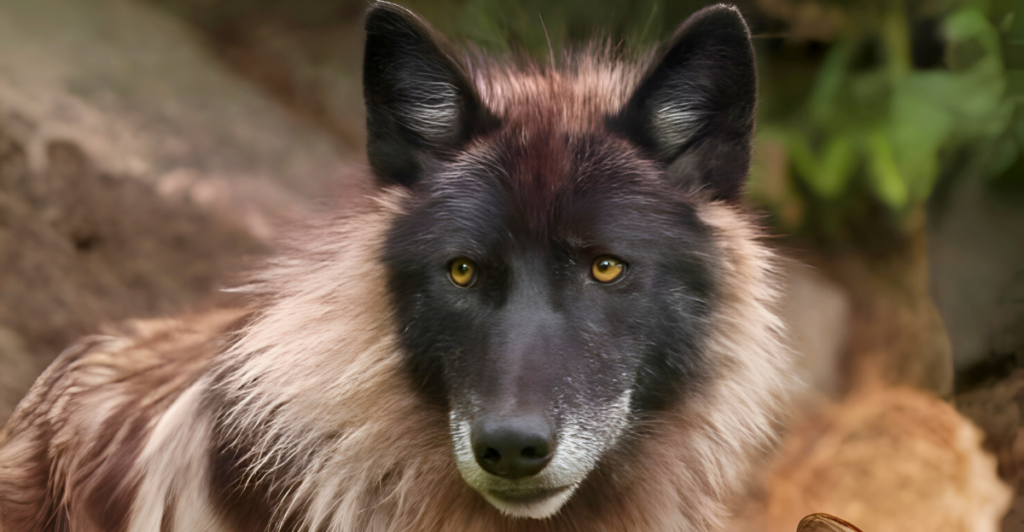
Wolves are amazing and important animals that have cemented themselves in the human imagination. These iconic predators are keystone species responsible for ecological balance in their environment. Despite this, many species and subspecies of wolves face extinction due to a variety of factors, including habitat loss, human conflict, and genetic dilution.
There are around only 300,000 wolves on the planet, but many of their species and subspecies are critically endangered, making many of them elusive and rare. Rarer species often have unique adaptations and physical looks based on their habitat.
All wolves, no matter the species, play essential roles in population control and ecological balance. Conservation efforts are well established, but controversies arise around hybridization to boost species’ population numbers. Here are some of the rarest wolves on the planet.
Ethiopian Wolf
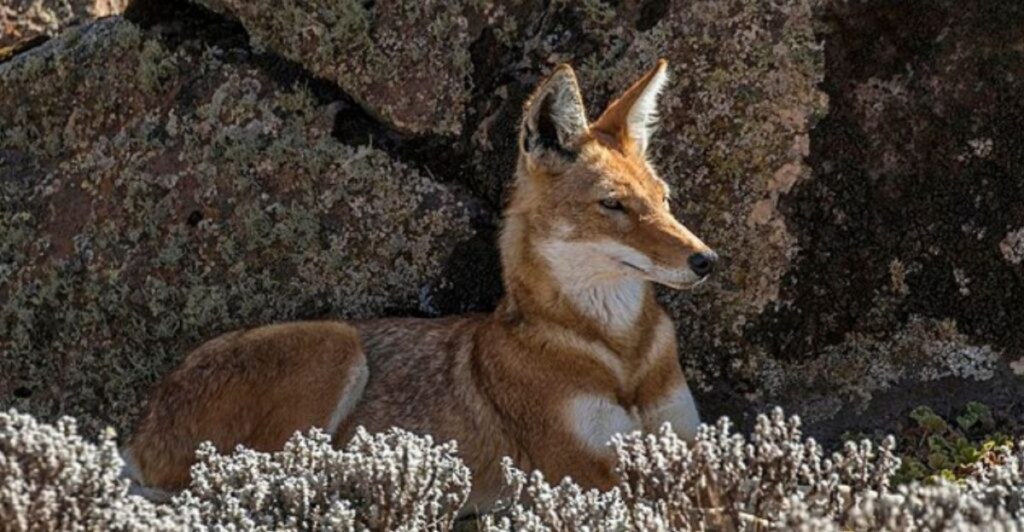
The Ethiopian wolf is a majestic subspecies of wolf that inhabits Ethiopia’s Afroalpine regions. Because their population is confined to such a small region, their population is estimated to be only 500.
They showcase their unique adaptations through their high-altitude habitat. While many wolf species hunt and prey on larger mammals, the Ethiopian wolf almost exclusively hunts rodents. Researchers have revealed through studies that they diverged from gray wolves around 100,000 years ago.
Their population has been decimated largely due to habitat loss and diseases introduced by domestic dogs, such as rabies. Conservation work includes vaccinating the population against these diseases, just like domestic dogs undergo, and protecting their habitat.
Algonquin Wolf
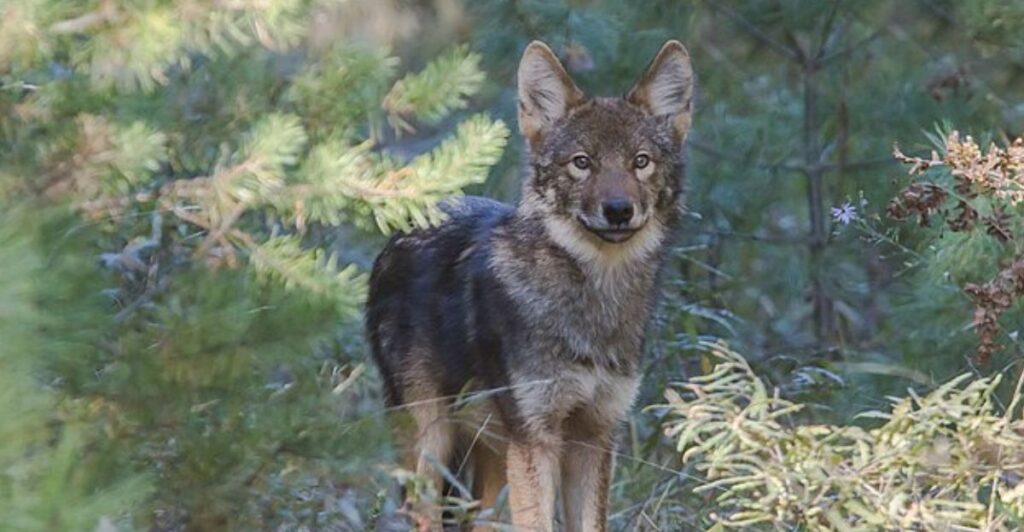
The Algonquin wolf is exclusively found in the Algonquin Provincial Park in Canada. They are a complicated subspecies that was introduced after the breeding of gray wolves and coyotes. This hybrid’s population estimates vary wildly, with them being anywhere from 230 to 1200 individuals.
They are critically endangered and face severe threats such as habitat fragmentation and destruction, as well as human conflicts – primarily hunting.
Although they are hybrids, conservationists stress their importance in their habitat, as they prey on the local moose and deer population, keeping them controlled so they don’t overgraze on local vegetation. The most common conservation strategy proposed is habitat protection, but others argue this alone won’t be enough.
Mexican Wolf
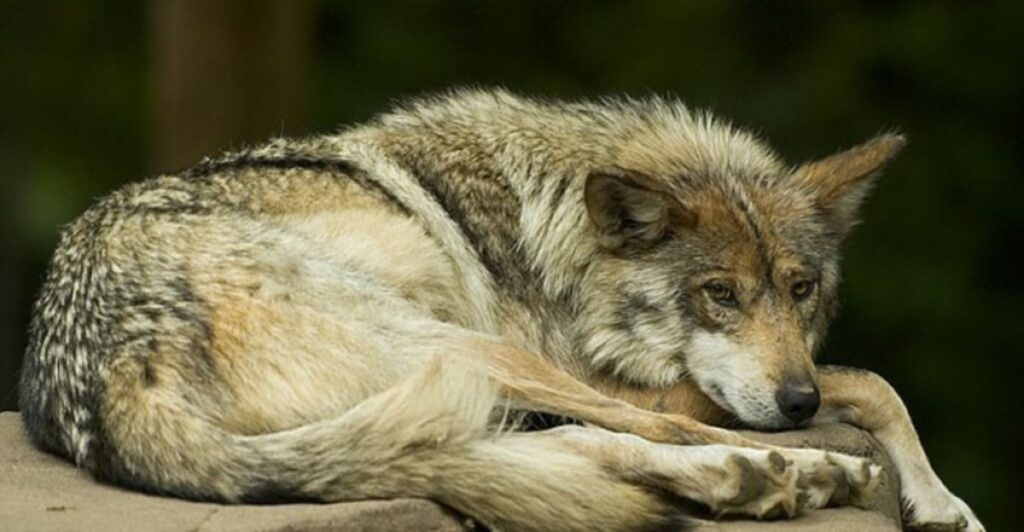
The Mexican wolf is one of the rarest and most endangered gray wolf subspecies in North America. They have a long history of eradication efforts from locals, which means that there are fewer than 250 Mexican wolves left in the wild. Conservation programs have faced complications and controversy as local farmers strive to protect their livestock.
Reintroduction programs have been promising in States like New Mexico and Arizona, but with the aforementioned controversy, challenges occur as they are a species steeped in stigma and human conflict.
Conservation work for these wolves includes finding conflict resolutions and non-lethal ways of stopping Mexican wolves from preying on livestock. Coexistence is crucial in keeping local people happy and the wolf population stable.
Arabian Wolf
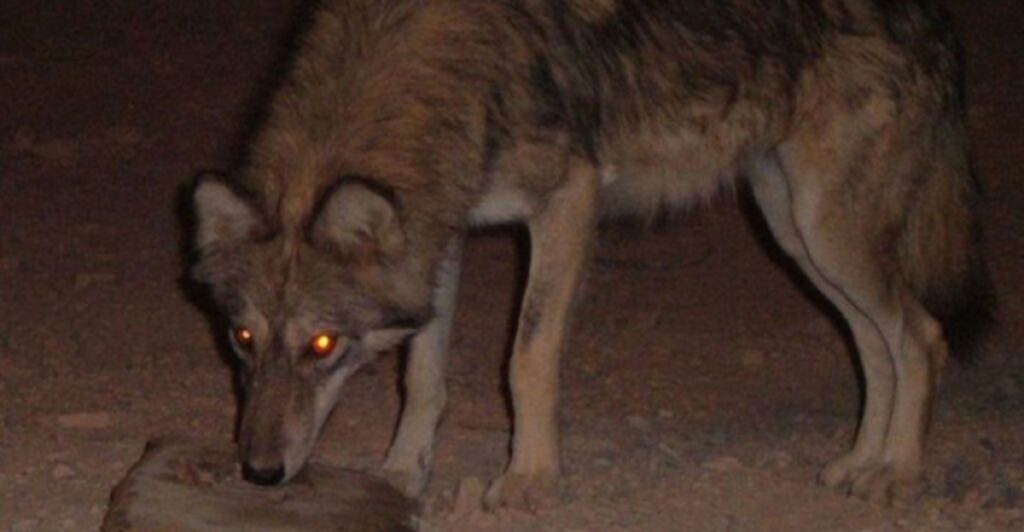
The Arabian Wolf is a master of adaptation, living in the Middle East’s most arid desert environments. They have unique evolutionary traits that allow them to effectively cross the sandy desert, such as fused toes and yellow-brown eyes adapted for seeing in the pitch dark.
They are small in stature, measuring around 65 cm (26 inches) tall and weighing around 20 kg (44 pounds). They are the smallest wolf subspecies and survive on limited prey. There are around 1000 to 2000 individuals spread across countries like Saudi Arabia, Oman, and Jordan.
They used to roam in the United Arab Emirates, but their population is now extinct there. Their primary threats are habitat loss, human conflict, and genetic dilution through breeding with domestic dogs.
Himalayan Wolf
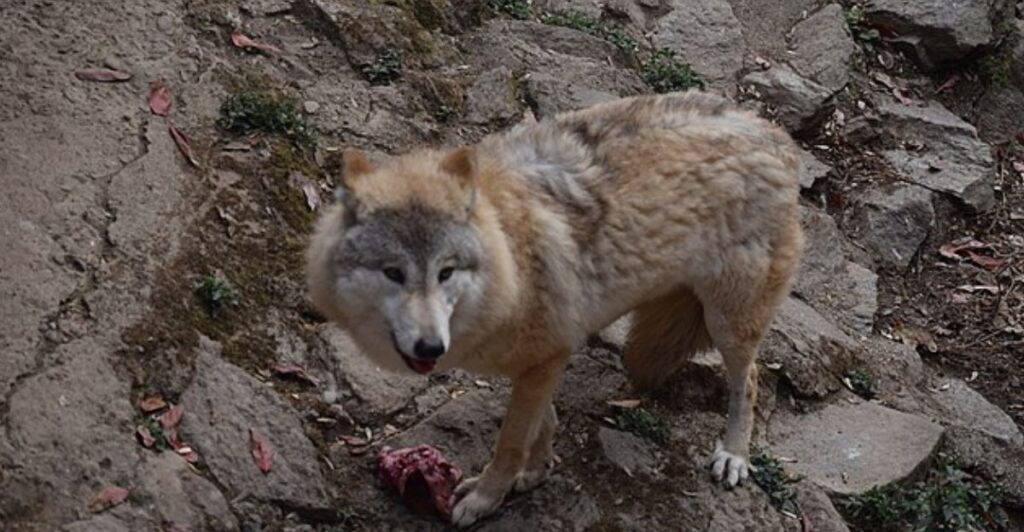
The Himalayan wolf is among one of the oldest wolf lineages in the world. Researchers have studied its DNA and found that it probably diverged from gray wolves around 800,000 years ago. Its population is found in Nepal and Tibet’s less hospitable regions above 4,000 meters (12,800 feet).
They have thick fur to survive the extreme cold and have adapted to the low oxygen that is found in such high regions. They prey on local animals like yak calves and other small mammals like marmots. They are well adapted to their environment but face a variety of threats.
Their population is estimated to be less than 500 individuals. This is mostly due to habitat destruction and human conflict through herders protecting their livestock from predation. Conservation efforts are complicated due to their population crossing multiple borders.
Red Wolf
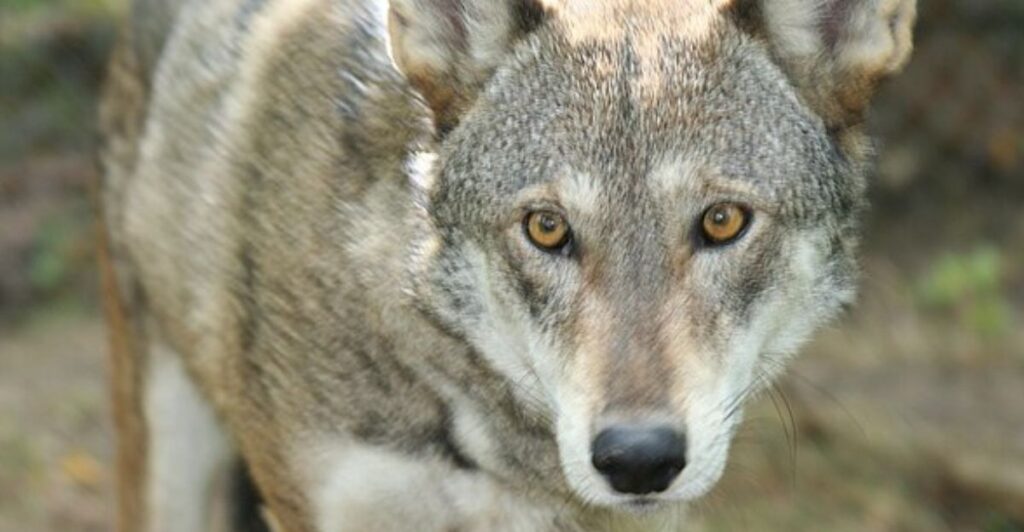
Red wolves are a subspecies of wolf that came about through hybridization of gray wolves and coyotes. These small wolves were once commonly found across wetlands throughout North Carolina. They are now critically endangered, having less than 20 individuals alive in the wild.
Reintroduction efforts have been ongoing to protect this vital species and ensure that they don’t become the next species to die out and become extinct. Conservation programs include captive breeding programs and habitat protection for the small population that is still fighting in the wild.
Genetic management strategies are crucial, as genetic dilution is becoming an increasing problem due to their already small population. Conservation efforts are hindered by public opposition, with farmers raising concerns about livestock predation.
African Wolf
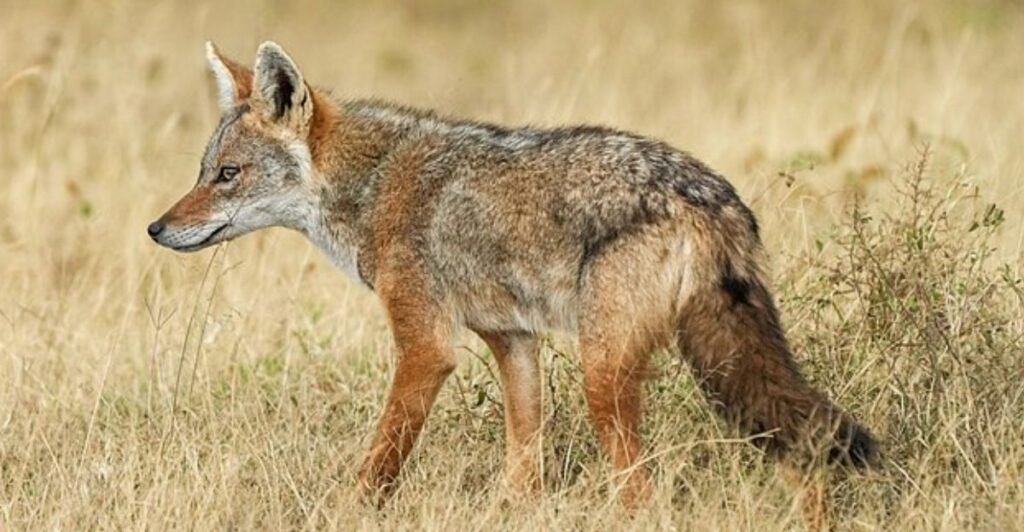
For years, the African wolf was hiding in plain sight, with researchers mistaking them for golden jackals. New evidence proves that they are their own subspecies of gray wolf that diverged millions of years ago through migrations to Africa.
They are spread through Egypt and Ethiopia, and since they are a relatively newfound species, conservation work is not well founded yet. There are estimated to be less than 2000 African wolves in the world.
Their discovery and ability to cling on show incredible biodiversity and how resilient species that are millions of years old can be found at any moment. Not much is known about the species due to mismanaged conservation efforts and them being a newfound species.
Iberian Wolf
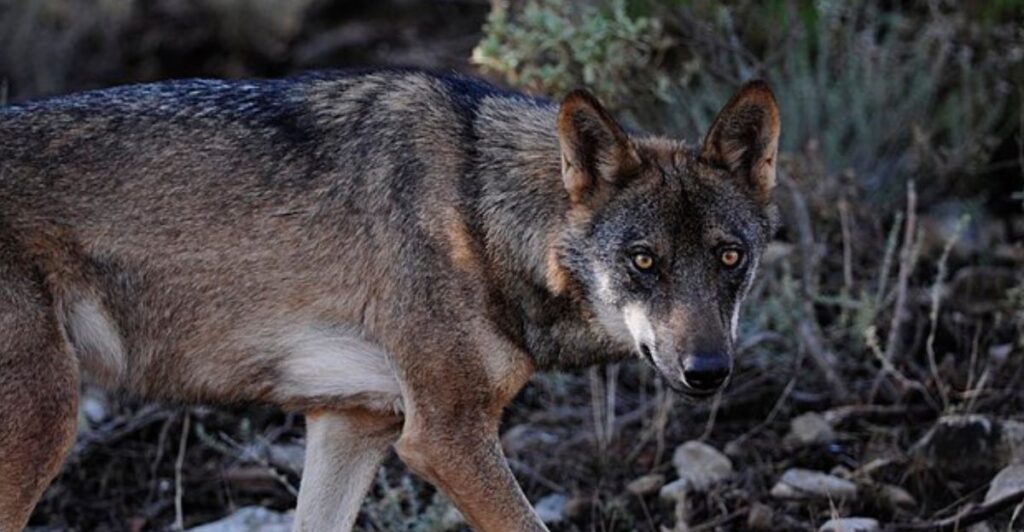
The Iberian wolf is found in small numbers across Spain and Portugal. There are only around 2000 Iberian wolves left in the wild. They have a unique reddish color in their fur with contrasts it from other gray wolf subspecies.
Conservation work is well founded, with Portugal banning their hunting and killing. However, when wolves cross the border into Spain, it’s a different story.
In Spain, Iberian wolves don’t have any protection, and they are allowed to be hunted and killed indiscriminately, which has raised controversy due to their already small population. Conservationists have proposed that laws cross borders so that the population can be protected wherever they roam, but coexistence measures must be put into place to prevent human conflict due to livestock protection.
Tibetan Wolf
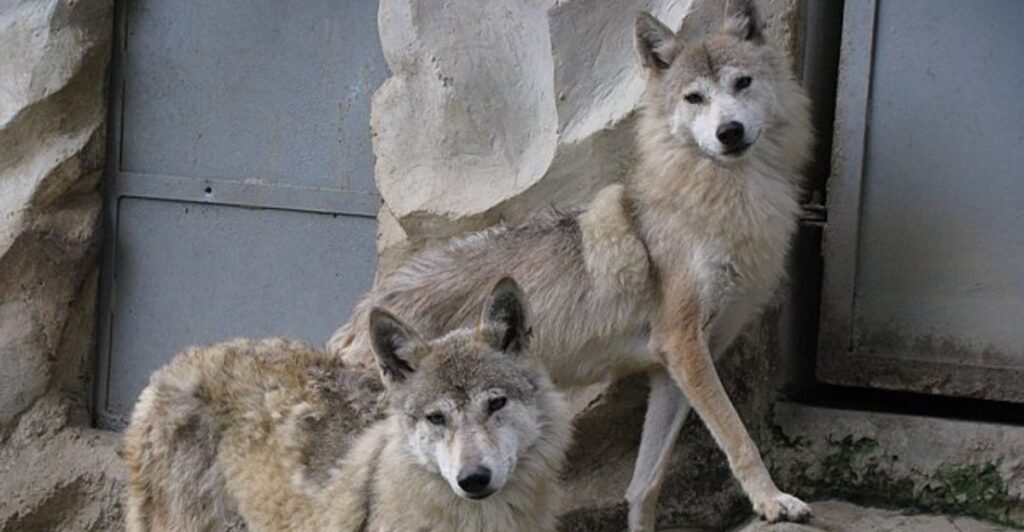
The Tibetan wolf is found throughout Tibet’s inhospitable and mountainous regions. They are genetically distinct wolves compared to many other wolf subspecies and hunt yak calves and other small mammals that they can find in freezing temperatures and low oxygen levels.
Researchers have estimated that fewer than 500 Tibetan wolves are left in the wild. They are under threat due to herders protecting livestock, and they end up in many instances where the wolves are killed.
They also face risk factors such as habitat shrinkage and climate change. Establishing protected areas and coexistence strategies are the best plans to allow the population to bounce back effectively.
Explore more of our trending stories and hit Follow to keep them coming to your feed!

Don’t miss out on more stories like this! Hit the Follow button at the top of this article to stay updated with the latest news. Share your thoughts in the comments—we’d love to hear from you!







